SGGP
In the Xinjiang Uygur Autonomous Region of Northwest China, many processes in cotton production have been optimized, such as planting, management, harvesting and processing.
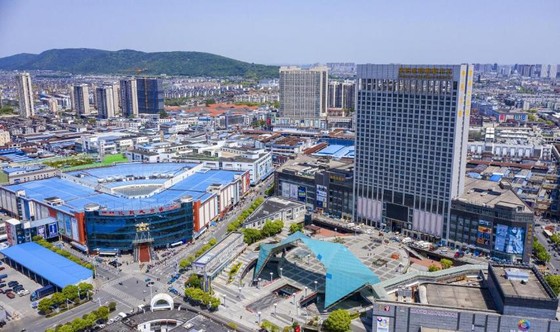 |
| Changshu, one of China's major garment centers. Photo: PEOPLE'S DAILY |
The latest technologies and facilities, including the BeiDou satellite navigation system, have promoted the informationization of cotton fields, reducing both costs and pollution.
Meanwhile, Changshu City, Jiangsu Province in eastern China, is home to more than 4,000 clothing manufacturing facilities and 35 wholesale clothing markets, making it a major textile hub in China.
Faced with the impact of fast fashion and flexible manufacturing, traditional textile manufacturers in Changshu have chosen digitalization and e-commerce from production to consumption and branding to maintain their advantage in the market.
Nowadays in Changshu, it is common to see “digital brains” directing production links in garment factories, and affordable clothing is sold on online platforms.
Recently, Jiangsu Golden Morning Knitting Co., Ltd. in Changshu received an order to produce 60,000 sets of clothes in just 10 days. Just one week later, the clothes were delivered to the customer.
It usually takes a week for the production line to be ready before a new fabric sample can be produced, said Lin Guoshi, the company’s CEO. What enables the company to complete such a huge amount of work in such a short period of time is its “digital brain,” called SewSmart, which automatically sends collars, front pockets and other garment parts via overhead conveyors to their respective workstations and records workers’ movements in real time using tablets. This smart system significantly shortens the time it takes to complete a contract.
According to Liu Ke, one of the garment manufacturers, it can take 200 or 300 steps to produce a complex garment. The application of artificial intelligence (AI) technology in every garment production process makes collaboration between different departments in the factory more efficient. The “digital brain” system can also contribute to garment design. Thanks to a digital service platform called “Style3D”, designing today is as easy as building blocks. All a designer needs to do is select “parts” of the garment from the database in the system, put them together and make some adjustments.
It takes less than half an hour to create a 3D clothing model. More than 700 textile enterprises in the city have gone digital in the past three years, with a total investment of more than 2 billion yuan ($279.29 million), People's Daily quoted Yu Zhe, an official with the Changshu Industry and Information Technology Bureau, as saying.
As a result, the average productivity of these enterprises is 35% higher than before, and the production cycle is shortened by 19%. In 2022, the transaction volume of Changshu Garments Town, one of the largest clothing distribution centers in eastern China, reached 142.1 billion yuan. At the same time, a 100 billion yuan online clothing market was also launched in Changshu City.
Source




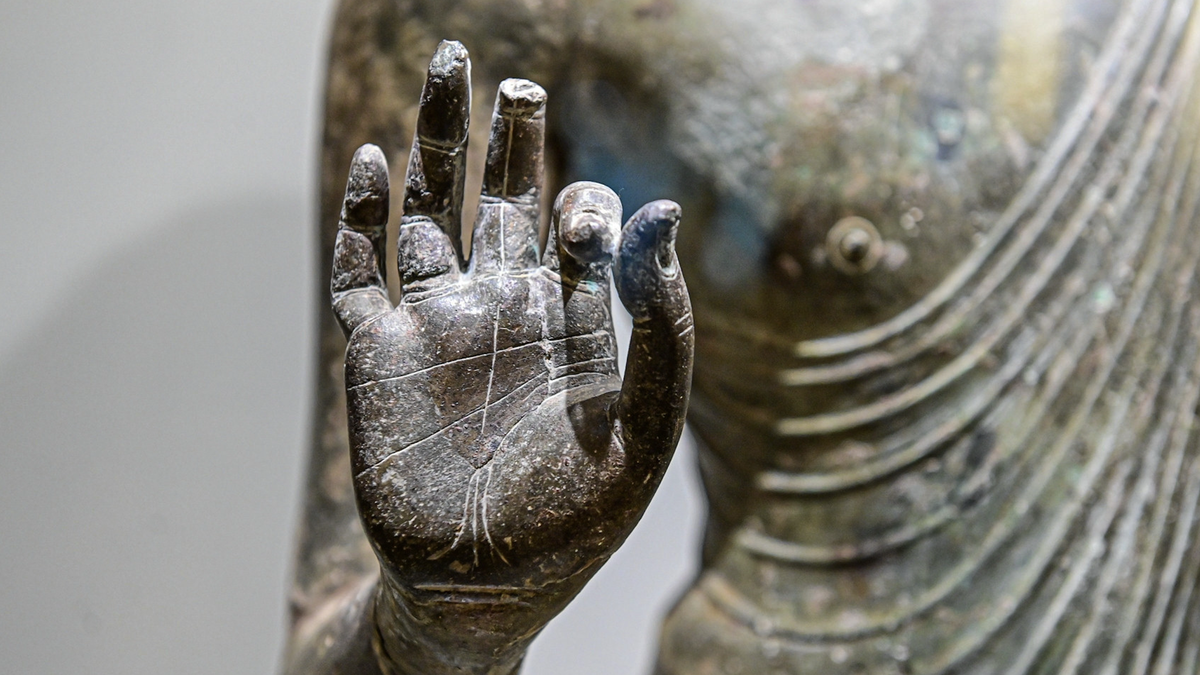






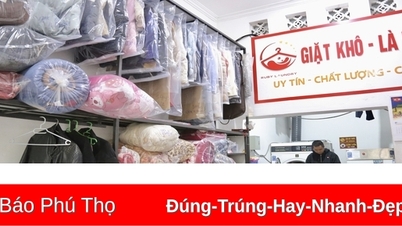









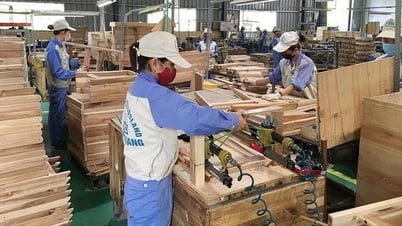

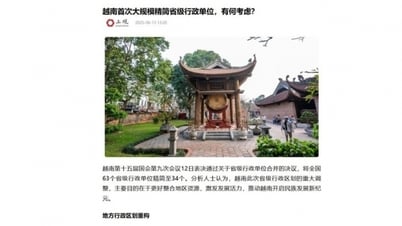










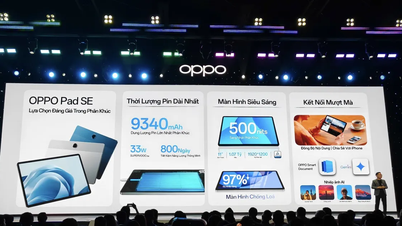




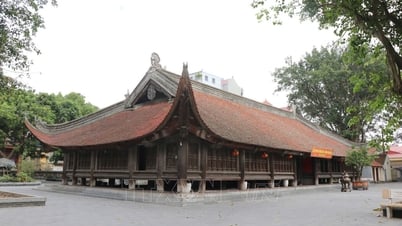

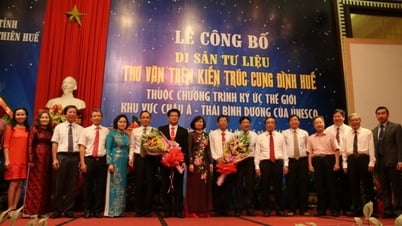

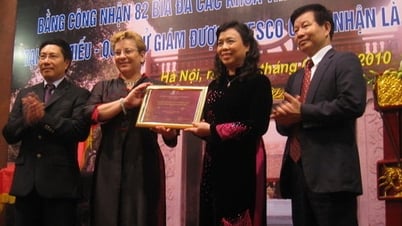



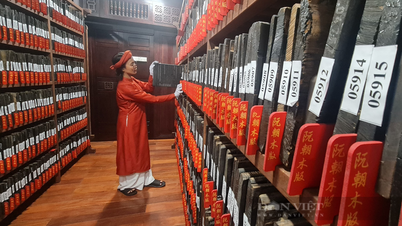











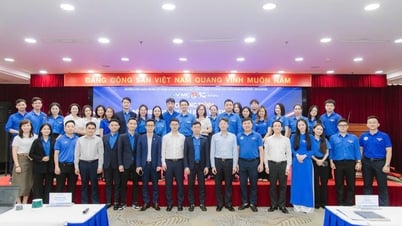



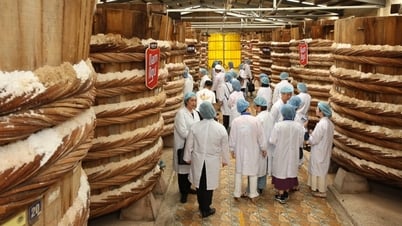
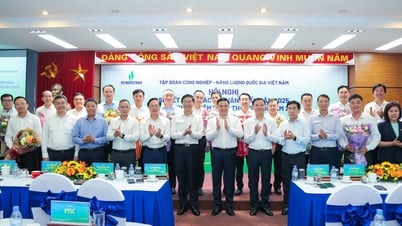














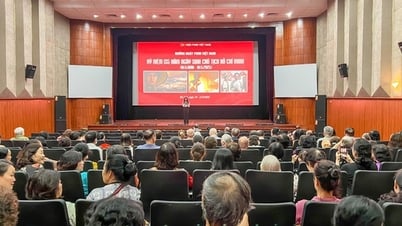








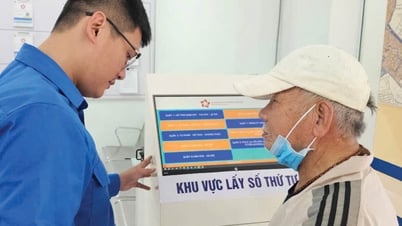













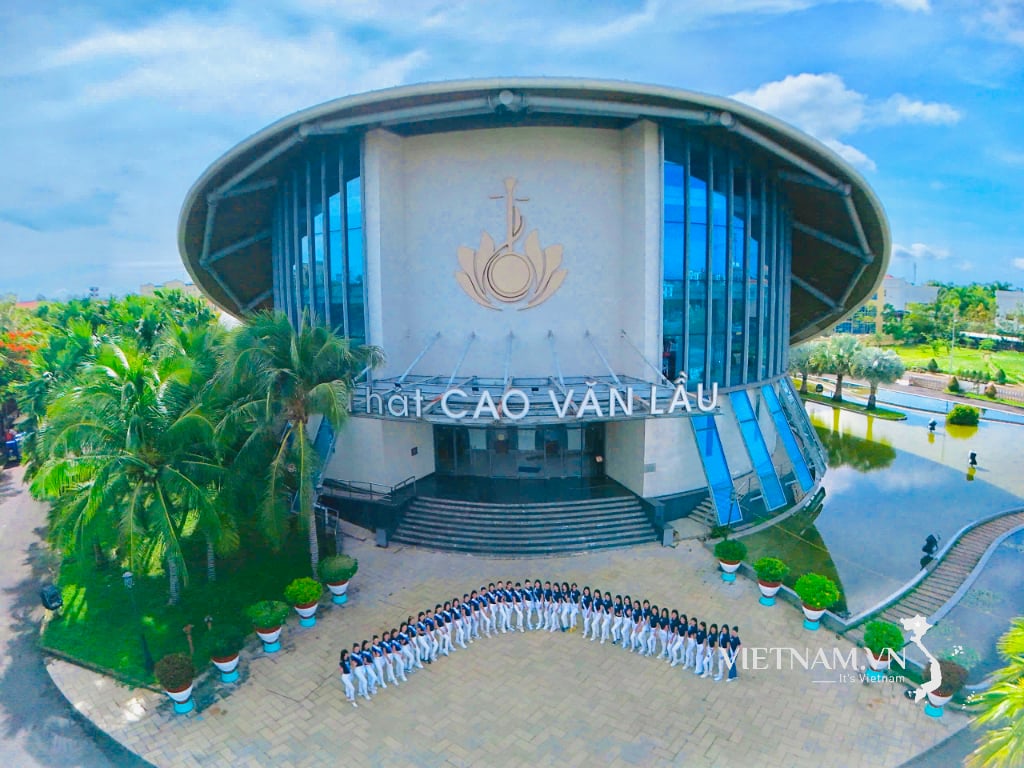

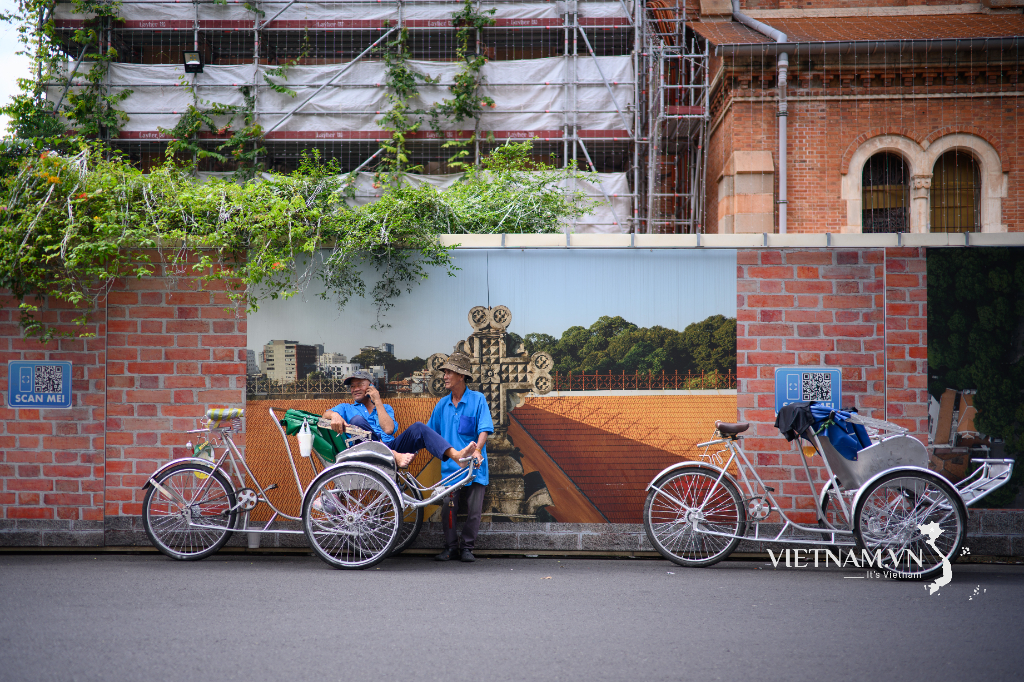

Comment (0)